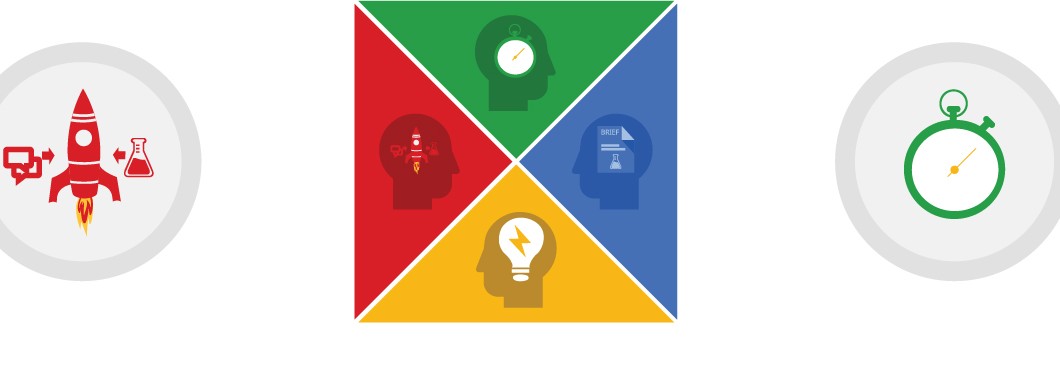For those of you that missed the Infopresse conference on digital strategies and web creativity, here’s a summary of the main messages shared during this all-day event.
Digital ideas? Or ideas in the digital age?
Alexis Robin and Marilou Aubin from lg2 gave the first presentation of the day. The subject? Omnichannel; and here are some of the highlights from their presentation:
- It is necessary to place our interactive communications efforts in an omnichannel, rather than a multichannel, strategy. Taking the omnichannel approach means all communications channels come together to create the result that the campaign is working towards.
- Targets and personas must be defined in order to track consumer habits across all communications channels, both online and offline.
In planning our communications using the omnichannel approach, we must also review how performance is measured. Instead of measuring the performance of each individual communications channel, we must address the overall performance of all channels as a whole; implemented as such to obtain a single result. In order to illustrate this idea, the presenters used the example of the solfège note, “do”. By looking at each channel individually, we are playing the same note on each channel. In using the omnichannel approach, we are playing different notes that together, produce a more textured sound the same note played over and over.
Rethinking business and your organization through the digital lens
The second presentation, delivered by Damien Lefebvre from w.illi.am, posits that digital has made the world in which we live an increasingly complex one and that it acts a catalyst for change at both the industrial and business level.
The interactive digital experience and TV advertising: creating synergy
The last presentation of the morning was given by Renato Braga from Tool of North America and explored how to create synergy between the interactive digital experience and TV advertising.
To start, this director of interactive creativity outlined how TV watching habits have profoundly changed over the years. Especially one new current trend: surfing the web with a mobile device while watching television. Confronted with this new reality, it is crucial that we don’t try to lure audiences back to TV. We might lose them that way. Rather, we should leverage this new trend of simultaneous consumption in order to offer TV watchers an interactive experience that will enrich the overall experience. The most obvious example of this is the Shazam application, which can be used to unlock offers and promotions during a TV show. We are also expecting more development from « audio aware » applications .
Agile creativity
The day wrapped up with Jan-Nicolas Vanderveken from TP1, who brought us a presentation entitled, « Creativity is no longer a private turf ». According to Vanderveken, the profound changes caused by the web’s influence are forcing us to reassess the way in which we view creativity in agencies, because we are currently living in a world where your ability to adapt to change is of critical importance.
The model for agile creativity is based on The Agile Manifesto, published in 2001, and on the Lean Startup concept, proposed by Eric Ries in 2008 as a different approach to technological development.
The fundamental principles of agile are:
- Individuals and their interactions over procedures and tools
- Operational software over exhaustive documentation
- Client collaboration over contractual negotiations
- Adaptation to change over following the plan
Lean Startup is based on the concept of minimum viable product and three decisive actions: building, measuring, learning.
This management method, inspired by technological development, can influence and increase creativity in an increasingly complex world where platforms and products are taking a bigger role.
Jan-Nicolas closed his presentation with two examples of inspiring platforms: What do you love?, from Google, and Backseat driver, from ToyToyota.
Agile creativity explained by Google


